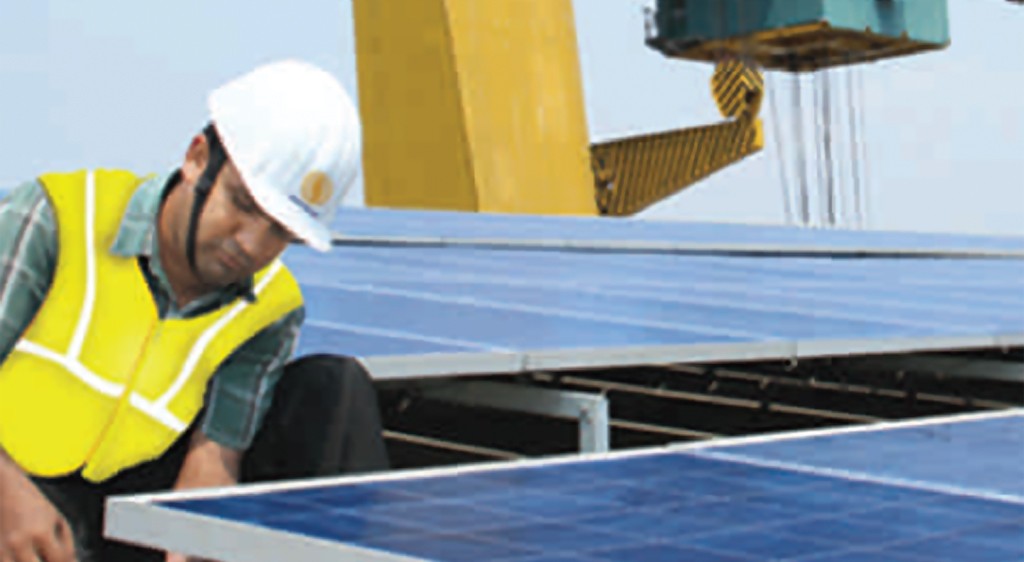What is Potential Induced Degradation?
By EPR Magazine Editorial November 28, 2017 4:19 pm IST
By EPR Magazine Editorial November 28, 2017 4:19 pm IST

Soumyen Mukherjee, President of Sova Solar defines PID and how to prevent photovoltaic PID.
The term Potential Induced Degradation (PID) was first introduced in the English language in a published study by S. Pingel and co-workers in 2010. It was introduced as a degradation mode resulting from voltage potential between the cells in the photovoltaic module and ground. Research in this field was pioneered by the Jet Propulsion Laboratory, focusing primarily on electrochemical degradation in crystalline silicon and amorphous silicon photovoltaic modules.
It is worth mentioning that, Sova Solar Ltd is associated with a team of IIT Kharagpur lead by Prof. Jatin Roy who has wide vista of knowledge on PID. In his research work he has published many vital issues in this regard.
What is PID?
The phenomenon described here only occurs in modules with cells made of crystalline silicon. If the modules have a negative potential to earth in operation, there is an equally high negative voltage between the cells of the photovoltaic (PV) module and the aluminium frame, which is earthed for safety reasons. The effect is stronger, the closer the module is to the negative pole of the PV array, as the potential there (and thus the voltage between cells and the aluminium frame) can reach more than half the amount of the array voltage. As a result, electrons from the materials used in the PV module can separate, follow this electric field and finally flow out via the aluminium frame. The result is an increasing charge (polarisation) of the module, which adversely changes its characteristic curve and thus its power unless countermeasures are taken.
The characteristic curve of a PV module in the original state and during the degradation process a decreasing slope with a virtually unchanged open-circuit voltage and short-circuit current, while the maximum power (MPP) decreases by 30 per cent or more, is typical. The electric charge of the PV module is so critical because of the way solar cells work. The PV effect is based on the combination of two different semiconductor materials to establish an internal electric field by exchanging charges. It is this field that causes the electrons freed by light energy to move from their location and flow past the contacts as electric current. Additional load carriers can considerably interfere with this effect, causing a significant loss of power. However, it has been found that this polarisation can generally be reversed. Accordingly it is not an irreversible effect such as corrosion and normal aging-related deterioration. The term PID was first used in the 2010 publication by module manufacturer Solon, which examined the phenomenon in detail.
IEC TS 62804-1:2015(E)How to take protection
The PID negative effect can be completely prevented if an inverter is used with the possibility of grounding (or effectively grounding) the positive or negative pole. This is possible if the inverter is galvanically isolated, e.g. using a transformer, if specially designed transformer less inverter topologies are used, or by altering the electric grid potential to ground. Which pole must be grounded, is clarified with the solar module manufacturer.
Authored by:
Soumyen Mukherjee
President
Sova Solar Limited
We use cookies to personalize your experience. By continuing to visit this website you agree to our Terms & Conditions, Privacy Policy and Cookie Policy.